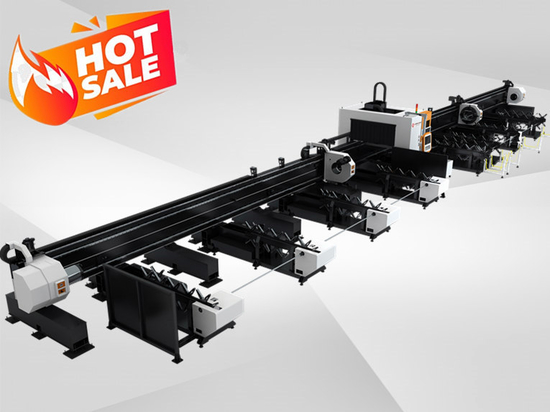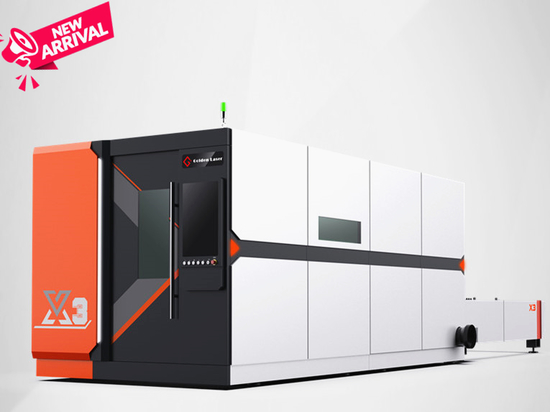
#Product Trends
Precision Laser Cutting Applied in Medical Parts Production
precision laser cutting machine,small format fiber laser cutting machine,metal sheet laser cutter,fiber laser cutting machine
Medical industry challenges
The medical industry presents unique challenges to precision parts manufacturers. Not only are the applications cutting edge, but demanding in terms of traceability, cleanliness, and repeatability. Golden laser has the equipment, experience, and systems in place to provide our customers with the highest quality products in the most reliable and efficient manner possible.
GF-1309 small size fiber laser cutting machine in Colomibia for metal stent manufacturing
Laser cutting benefits
The laser is ideal for medical cutting, because the laser can be focused down to a 0.001-inch diameter spot size that offers a fine non-contact “tool-less” cutting process at high speed and high resolution. As the laser cutting tool does not rely on touching the part, it can be oriented to make any shape or form, and used to make unique shapes.
No part distortion due to small heat affected zones
Intricate part-cutting ability
Can cut most metals and other materials
No tool wear and tear
Fast, inexpensive prototyping
Reduced burr removal
High speed
Non contact process
High precision and quality
Highly controllable and flexible
For example, laser cutting is an excellent tool for small tubes, like those used for cannula and hypo tube applications that require an array of features such as windows, slots, holes and spirals. With a focused spot size of 0.001-inches (25 microns), the laser offers high resolution cuts that remove the minimal amount of material to enable high speed cutting according to the dimensional accuracy required.
Also, since laser processing is non-contact, no mechanical force is imparted onto the tubes – there is no push, drag, or other force that might bend a part or cause flex that would have a negative impact on process control. The laser can also be precisely set during the cutting process to control how hot the work area gets. This is significant, because the size of medical components and the cut features is shrinking, and small parts can heat up quickly and might otherwise overheat.
What’s more, most of the cutting applications for medical devices are in the thickness range of 0.2–1.0 mm. Because the cut geometries for medical devices are typically complex, fiber lasers used in medical device manufacturing are operated often in a modulated pulse regime. The peak power level must be significantly above CW level to reduce residual heat affects through more efficient material removal, especially in thicker cross-sections.
Summary
Fiber lasers are continuously substituting other laser concepts in medical device manufacturing. Former expectations, that cutting applications will not be addressable by fiber lasers in the near future, had to be revised quite a while ago. Therefore, the benefits of the laser cutting will contribute to the tremendous growth in the use of precision cutting in medical device production and this trend will continue in the coming years.




